By Stephen Padre
Today, December 6, is the feast day of St. Nicholas. He was the Bishop of Myra, which is part of modern-day Turkey, and lived from 270 to 343. While he’s the patron saint of sailors, merchants, archers, repentant thieves, children, pawnbrokers, and students, you may know him best as the model for Santa Claus because he had a reputation for secret gift-giving.
There are various legends surrounding St. Nicholas, and many of them center on him helping people in dire circumstances. In one of the most famous legends, Nicholas rescued three girls from being forced into sexual slavery by dropping a sack of gold coins through the window of their house each night for three nights so their father could pay a dowry for each of them. For this reason, Nicholas is also the patron saint for victims of sex trafficking as part of his protection of people who are oppressed and vulnerable.
The Christian traditions that honor saints like Nicholas do not worship the saints themselves but view them as models of a godly life. As individuals and through our collective work under the banner of Shared Hope International, we can follow the examples of saints like Nicholas in our own efforts to live as God intends us to.
Whether true or not, the story of Nicholas rescuing three girls from a life of sexual slavery has some lessons that we might apply to our work and some parts we might emulate. Shared Hope does not engage in actual rescues of people involved in sex trafficking. But we see in Nicholas’ actions in his rescue that he was aware of what was happening to the girls and recognized that action needed to be taken. He did what he was able to given his position in life and the resources he had at hand.
In what ways are you able to act to end sex trafficking given your circumstances? If you have the means to support the work of Shared Hope through donations, you could give money. If you have time and are able to use a computer to send messages to your state legislators about pending legislation related to sex trafficking, you could engage in Shared Hope’s advocacy efforts. If you are good at talking to and influencing others, you could become an Ambassador of Hope and speak to groups you are part of or seek out other groups like schools or social clubs to make presentations to. There are many ways to take action that are rooted in the awareness and concern that you have about sex trafficking like Nicholas did.
Saints like Nicholas can inspire us to carry out God’s work in the world. God also equips us to do God’s work in the world. Sometimes that is through our association as individuals with organizations like Shared Hope that have the history, expertise, and connections to address big problems like sex trafficking. We at Shared Hope invite you to join us, either for the first time or more deeply in our work in bringing an end to sex trafficking.
For many, St. Nicholas Day is an occasion for giving candy to children, who leave their shoes by the door of their house the previous night and hope they don’t receive a lump of coal instead. But given Nicholas’ supposed connections to victims of sexual slavery, he is a worthy example to follow in our work of ending sex trafficking. He is also known in song as “jolly old St. Nicholas.” Surely we can be jolly with him at Christmastime, but we can also live like him and remember people who are sex trafficking victims and survivors in our prayers and actions.
Stephen Padre is the director of communications and public relations at Shared Hope International.
Photo: Portrait of St. Nicholas from the first half of the 13th century at Saint Catherine’s Monastery, Sinai (Egypt). Source: Wikimedia Commons






